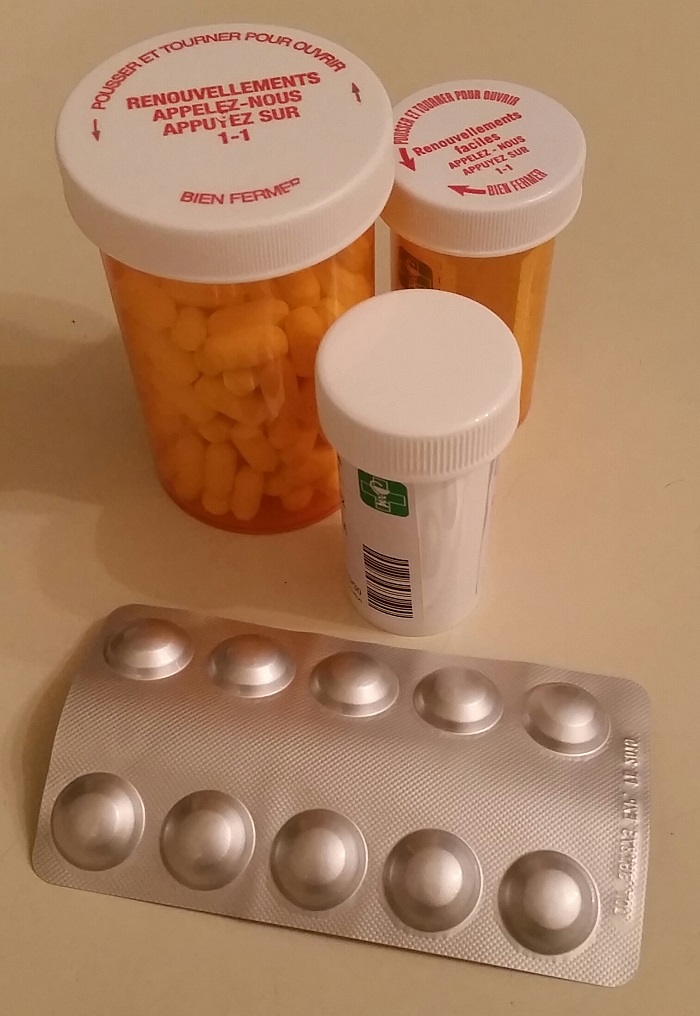We might not phrase it this way, but we already know that our
sense of touch provides critical information about our physical environment by transforming mechanical energy into electrical signals.”(1)
When someone touches your hand, a set of signals is sent to your brain via your spinal cord. Your brain then interprets – or decodes – these signals. The brain then sends the decoded set of signals back down your spinal cord, to your hand.
This decoding process tells you, for example, whether you feel pain from a bone-crushing handshake or pleasure from holding hands with a loved one.
For certain people, particularly those with neuropathic pain, this signalling process somehow goes wrong. One of the ways it can go haywire is a condition called allodynia. It has been defined as:
pain due to a stimulus that does not normally provoke pain.”(2)
In allodynia, even a gentle sensation on the skin can cause excruciating pain; a breeze, a touch, a change in temperature. Simply wearing clothes can be painful, as can brushing hair, or the movement of a breeze across the skin. It may affect only one part of the body, or all of it.
Not just every now and then, allodynia pain is always there – in most cases it’s constant. It’s considered to be a chronic pain condition, which can last for years. Some patients deal with this condition throughout their entire lives.

Allodynia often appears in CRPS, a relatively rare disease. Complex Regional Pain Syndrome is an autoimmune and neuro-inflammatory condition. The disease with which I was diagnosed at the end of May.
So far none of the treatments or medications that I’ve tried, working with a neuro-anesthesiologist, have helped with this specific type of pain.
With allodynia, why does a person’s brain interpret a gentle touch as an extremely painful sensation? Researchers have been trying to answer that question for many years, in order to find effective treatments.
Research on mice, published in 2014, has pointed to Piezo2. That’s a
“rapidly adapting, mechanically activated ion channel expressed in a subset of sensory neurons of the dorsal root ganglion and in cutaneous mechanoreceptors known as Merkel-cell-neurite complexes.”(1)
Piezo2 is active in the neurons that send pain signals to the brain, and also in the signalling pathway in the skin. Earlier this year, a different group of researchers added to the existing scientific knowledge of allodynia. This is important, because each additional new research finding could lead to the development of treatments for this life-altering condition.
The new research also involved mice, involving the primary somatosensory (S1) cortex in the brain and a type of glial cell; S1 astrocytes:
Glial cells are known to make important contributions to functional and structural neuronal plasticity. Astrocytes, a major type of glia, respond to neuronal activity with increases in intracellular Ca2+”(3).
Ca2+ is ionized calcium, used in this case for a very specific type of imaging. A more common type of imaging equipment is the MRI machine found in most large North American hospitals.
The Ca2+ study used something called two-photon calcium imaging: “a powerful means for monitoring the activity of distinct neurons in brain tissue in vivo.”(4) In vivo simply means inside a living body. In this case, “obtained by imaging through the intact skull”(4). With these new images, researchers were able to:
identify a sequence of events in the somatosensory cortex, a remote region not directly affected by the injured periphery and spinal cord, that contribute to mechanical hypersensitivity in neuropathic pain”(3)
In plain English, they found a previously-unknown process in the brain. It communicates pain signals from parts of the body that weren’t involved in any original injury. This process seems to be involved in allodynia.
Another finding of this research was that “maladaptive synaptic rewiring may contribute to the enhanced response of… innocuous tactile stimuli, resulting in sustained mechanical allodynia”.(3)
Finally, the researchers found that blocking either the nerve injury–induced activation or the “subsequent neuronal synaptic rewiring”(3) prevented “the full development of mechanical allodynia.”(3)
Anytime a research study involves mice, or other animals, there’s a risk that the results won’t translate well to humans; that the human body doesn’t function in quite the same way as the animal’s. I’m hoping that this particular research study reflects the same processes as in humans. Why?
Because this research study is “a paradigm shift in our understanding of neuropathic pain pathophysiology, one that may result in novel therapeutic strategies to treat debilitating neuropathic mechanical allodynia”.(3)
In summary, this research might lead to the creation of new, effective, treatments for allodynia – if this process is the same in humans. That would be fantastic for patients with this condition!
As always, thanks for reading!
References:
(1) Ranade SS, Woo SH,
Dubin AE, Moshourab RA, Wetzel C, Petrus M, Mathur J, Bégay V, Coste B,
Mainquist J, Wilson AJ, Francisco AG, Reddy K, Qiu Z, Wood JN, Lewin GR,
Patapoutian A. Piezo2 is the major transducer of mechanical forces for
touch sensation in mice. Nature. 2014 Dec 4;516(7529):121-5. [doi:
10.1038/nature13980.] Online. Accessed 10 Sep 2016. Web:
https://www.nature.com/articles/nature13980
(2) International Association for the Study of Pain (IASP). IASP Taxonomy: Allodynia. 2015. Online. Accessed 10 Sep 2016. Web:
https://www.iasp-pain.org/Education/Content.aspx?ItemNumber=1698
(3) Kim, SK, et al. Cortical astrocytes rewire somatosensory cortical circuits for peripheral neuropathic pain. 02 May 2016. J Clin Invest. 2016;126(5):1983-1997. [doi.org/10.1172/JCI82859.] Online. 2015. Accessed 10 Sep 2016. Web:
https://www.jci.org/articles/view/82859
(4) Stosiek, C, Garaschuk, O, Knut, H, and Konnerth, A. In vivo two-photon calcium imaging of neuronal networks. Proceedings of the National Academy of Sciences. Jun 2003. 100 (12) 7319-7324. [doi: 10.1073/pnas.1232232100.] Online. 2015. Accessed 10 Sep 2016. Web:
https://www.pnas.org/content/100/12/7319

